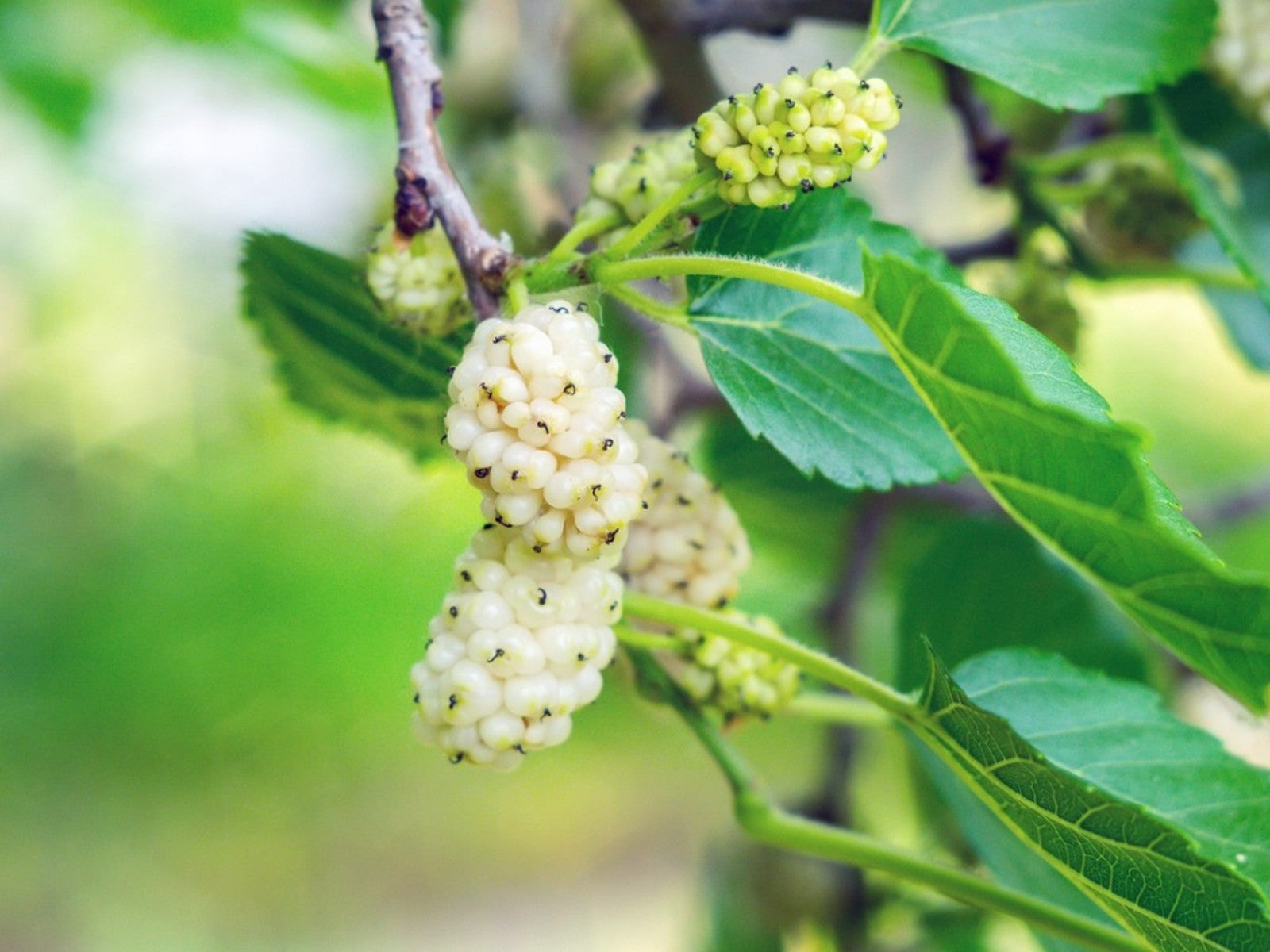White Mulberry Info: Tips On Caring For White Mulberry Trees


Many people cringe at the mere mention of mulberry trees. This is because they’ve witnessed the mess of sidewalks stained by mulberry fruit, or mulberry fruit “gifts” left by birds. While mulberry trees are generally viewed as a nuisance, weedy tree, plant breeders and nurseries now offer several varieties that are fruitless, which make lovely additions to the landscape. This article will cover white mulberry trees. Continue reading for more information on white mulberry care.
White Mulberry Info
White mulberry trees (Morus alba) are native to China. They were originally brought to North America for silk production. White mulberry trees are the preferred food source of silkworms, so these trees were thought to be essential in producing silk outside of China. However, the bottom fell out of the silk industry in the United States before it even started. Startup costs proved much too high, and the few fields of these mulberry trees were abandoned.
White mulberry trees were also imported by immigrants from Asia as a medicinal plant. The edible leaves and berries were used to treat colds, sore throats, respiratory problems, eye problems, and incontinence. Birds also enjoyed these sweet berries and unintentionally planted more mulberry trees, which quickly adapted to their new location.
White mulberry trees are very fast growers that are not particular about soil type. They will grow in clay, loam, or sandy soil, whether it be alkaline or acidic. They prefer full sun but can grow in part shade. White mulberry cannot tolerate as much shade as the U.S native red mulberry though. Contrary to their name, the berries of white mulberry trees are not white; they start out a white to pale pink-red and mature to an almost black purple.
How to Grow a White Mulberry Tree
White mulberry trees are hardy in zones 3 through 9. The common species can grow 30 to 40 feet (9-12 m.) tall and wide, though hybrid cultivars are generally smaller. White mulberry trees are tolerant of black walnut toxins and salt.
They bear small, inconspicuous green-white flowers in spring. These trees are dioecious, meaning that one tree bears male flowers and another tree bears female flowers. The male trees do not produce fruit; only females do. It is because of this; plant breeders have been able to produce fruitless cultivars of white mulberry trees that are not messy or weedy.
The most popular fruitless white mulberry is the Chaparral weeping mulberry. This variety has a weeping habit and grows only 10 to 15 feet (3-5 m.) tall and wide. Its cascading branches of glossy, deep green foliage make an excellent specimen plant for cottage or Japanese style gardens. In autumn, the foliage turns yellow. Once established, weeping mulberry trees are heat and drought tolerant.
Sign up for the Gardening Know How newsletter today and receive a free copy of our e-book "How to Grow Delicious Tomatoes".
Other fruitless cultivars of white mulberry trees are Bellaire, Hempton, Stribling, and Urban.

Darcy is a former contributor to Gardening Know How. She is a professional landscape designer and gardening writer with experience in plant sales. An avid gardener, Darcy has a passion for sharing practical tips to help others grow.